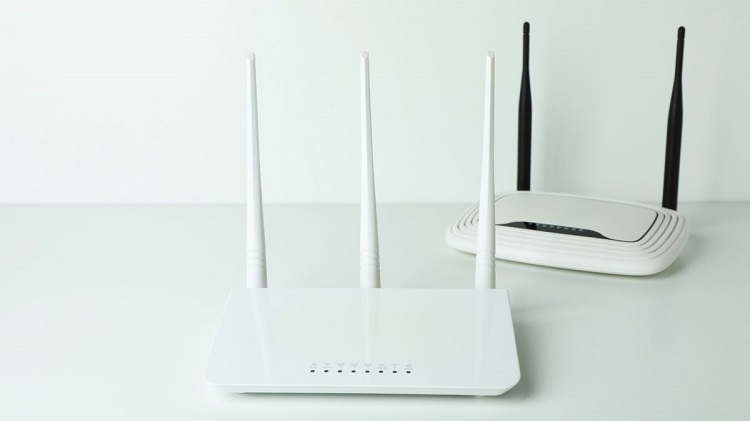Enhanced Collaboration and Interoperability

Nvidia Omniverse, a groundbreaking platform for real-time 3D design collaboration, has recently made waves in the industry by integrating millions of Blender users into its ecosystem[1]. Blender, an open-source 3D animation tool with over 3 million users, will now have Universal Scene Description (USD) capabilities through Omniverse[1]. This integration opens up new possibilities for seamless collaboration and interoperability among designers, engineers, and artists across various industries. In this article, we will delve into the features and benefits of Nvidia Omniverse 3D Blender and explore how it is transforming the landscape of real-time 3D design collaboration.
Body:
Enhanced Collaboration and Interoperability
Nvidia Omniverse serves as a metaverse for engineers and designers, providing a unified platform for real-time collaboration[1]. With the integration of Blender into Omniverse, users can now leverage the power of USD to import and export assets seamlessly between the two platforms[3]. This interoperability eliminates the need for time-consuming file conversions and ensures that designs can be easily shared and modified across different software environments.
Furthermore, Omniverse’s real-time capabilities enable multiple users to work on the same project simultaneously, regardless of their physical locations. This collaborative workflow fosters efficient communication and accelerates the design iteration process. Designers can instantly see the changes made by their colleagues, facilitating quick decision-making and reducing the time required to bring ideas to fruition.
Realistic Visualization and Simulation
One of the key advantages of Nvidia Omniverse 3D Blender is its ability to provide realistic visualization and simulation. By harnessing the power of Nvidia RTX GPUs, Omniverse enables real-time ray tracing and physically accurate rendering[2]. This allows designers to create highly realistic visualizations of their designs, making it easier to communicate ideas and gain valuable feedback from stakeholders.
Moreover, Omniverse’s simulation capabilities enable designers to test the functionality and performance of their designs in a virtual environment. This virtual prototyping reduces the need for costly physical prototypes and enables designers to identify and address potential issues early in the design process. By combining the power of Blender’s animation tools with Omniverse’s simulation capabilities, designers can create immersive and interactive experiences that bring their designs to life.
Streamlined Asset Management
Nvidia Omniverse 3D Blender also offers streamlined asset management, making it easier for designers to access and utilize assets within their projects. The Nucleus Connector add-on, available in alpha version, enhances Omniverse interoperability and provides a seamless workflow for accessing and managing assets[3]. This integration simplifies the process of importing and exporting assets between Blender and Omniverse, ensuring that designers can leverage a wide range of assets to enhance their designs.
Additionally, Omniverse’s asset management capabilities enable designers to organize and categorize their assets efficiently. This ensures that assets can be easily located and reused across different projects, saving time and improving productivity. With a centralized asset library, designers can collaborate more effectively and maintain consistency throughout their design workflows.
Industry Applications
The integration of Nvidia Omniverse with Blender has far-reaching implications across various industries. In automotive design, for example, designers can use Omniverse to create realistic virtual prototypes of vehicles, allowing them to evaluate different design options and optimize performance[2]. In architecture and construction, Omniverse enables architects and engineers to collaborate on complex building designs in real-time, facilitating better coordination and reducing errors[2]. The applications extend to film and entertainment, gaming, product design, and many other industries where real-time 3D design collaboration is essential.
Conclusion:
Nvidia Omniverse 3D Blender is revolutionizing real-time 3D design collaboration by integrating millions of Blender users into its platform. With enhanced collaboration and interoperability, realistic visualization and simulation, streamlined asset management, and applications across various industries, Omniverse is empowering designers, engineers, and artists to bring their ideas to life more efficiently and effectively. As the world of real-time 3D design continues to evolve, Nvidia Omniverse remains at the forefront, driving innovation and transforming the way we collaborate and create in the digital realm.





